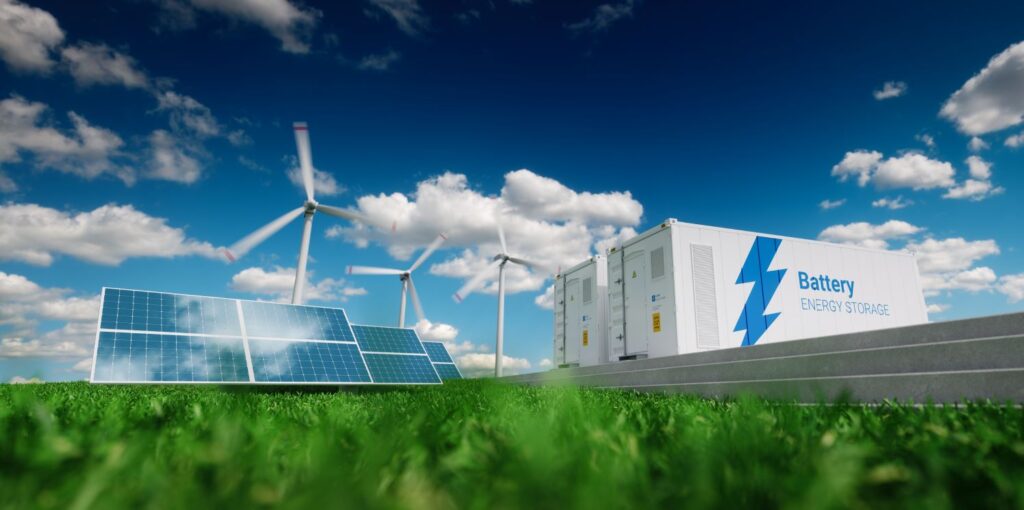Solar energy has come a long way from being just a futuristic idea. Today, it’s a practical and increasingly affordable option for homes and businesses alike. But there’s one issue that keeps coming up—what do you do when the sun goes down?
That’s where solar energy storage comes into play. And right now, it’s going through a wave of innovation that’s changing how we store and use solar power.
Let’s dive into the latest trends, the tech behind them, and why it all matters for the future of clean energy.
Why Storage Is the Missing Puzzle Piece
We all know solar panels need sunlight to work. So what happens during nighttime or cloudy weather? Without a way to save the extra energy your panels produce during the day, you’re missing out on a big chunk of potential power.
That’s why battery storage is becoming more important. It lets you bank the excess energy and tap into it later, whether it’s at night, during a storm, or during a power outage. In short, storage turns solar from a daytime-only solution into a full-time power source.
And for homes, businesses, and even utility companies, that’s a game-changer.
Lithium-Ion: The Current Go-To
Right now, lithium-ion batteries are leading the charge in solar storage. They’re used in everything from smartphones to electric cars, and for good reason. They’re small, powerful, and have become more affordable over time.
Companies like Tesla have made lithium-ion storage more mainstream with products like the Powerwall. These systems are compact enough for home use, yet strong enough to keep your lights on when the grid goes down.
That said, they’re not perfect. Some of the materials used, like cobalt, raise environmental and ethical concerns. So, while lithium-ion is still king for now, it’s clear that the industry is on the hunt for better, cleaner alternatives.
What’s Next? Promising Battery Alternatives
The race is on to find the next big thing in advanced solar and energy solutions. Here are some of the front-runners:
1. Solid-State Batteries
These are considered the next evolution in battery tech. They replace the flammable liquid found in lithium-ion batteries with solid materials, which could mean higher safety, longer life, and more energy storage in less space.
2. Flow Batteries
Designed for large-scale storage, flow solar batteries store energy in liquid electrolytes held in external tanks. They’re not ideal for home use yet, but for big buildings or solar farms, they could offer long-term reliability and easy scalability.
3. Sodium-Ion Batteries
Using sodium instead of lithium could drastically cut costs. Sodium is more abundant and environmentally friendly, and while the technology is still in development, it’s gaining traction quickly.
Smarter Energy Use with Smart Tech
Storage isn’t just about having a battery—it’s about using energy wisely. That’s where smart energy management systems come in. These systems let you monitor your energy in real-time: what’s being generated, stored, and used.
With this kind of control, you can shift your energy use to take advantage of cheaper electricity rates or avoid peak grid charges. Some systems even run automatically, so you’re saving money without doing a thing.
And in emergencies? You’ll know exactly how much power you have and where it’s going.
The Rise of Virtual Power Plants
Here’s something exciting: virtual power plants (VPPs). Instead of relying on one big power station, these systems link together thousands of homes with solar panels and storage. When the grid needs help, your stored energy can be shared—kind of like renting out your battery.
In return, you might get paid or receive energy credits. Programs like this are already active in parts of California and Australia, and they could reshape the energy market in the coming years.
Government Policies Are Pushing Progress
Tech isn’t the only thing driving change. Government incentives—like tax breaks, rebates, and feed-in tariffs—are making solar + storage more affordable. Some cities even require new homes to include solar panels, and more local governments are investing in neighborhood battery hubs.
As clean energy becomes a higher priority worldwide, expect more policies that support and speed up innovation in energy storage.
The Road Ahead
So, what can we expect over the next few years?
- Storage will become a normal part of most solar installations.
- New battery tech will be safer, cheaper, and longer-lasting.
- Energy systems will get smarter, helping us save without effort.
- Homes and communities will play a bigger role in powering the grid.
In short, solar won’t just be a way to go green—it’ll be a smarter way to live.
Final Thoughts
The future of solar energy storage solutions isn’t just promising—it’s already happening. 12 volt lithium battery These new technologies and trends are giving people more freedom from the grid, more control over their bills, and a more sustainable way to power their lives.
If you’re thinking about going solar, now’s a good time to explore your storage options, too. Because tomorrow’s power might just be sitting in your battery, ready when you need it.




